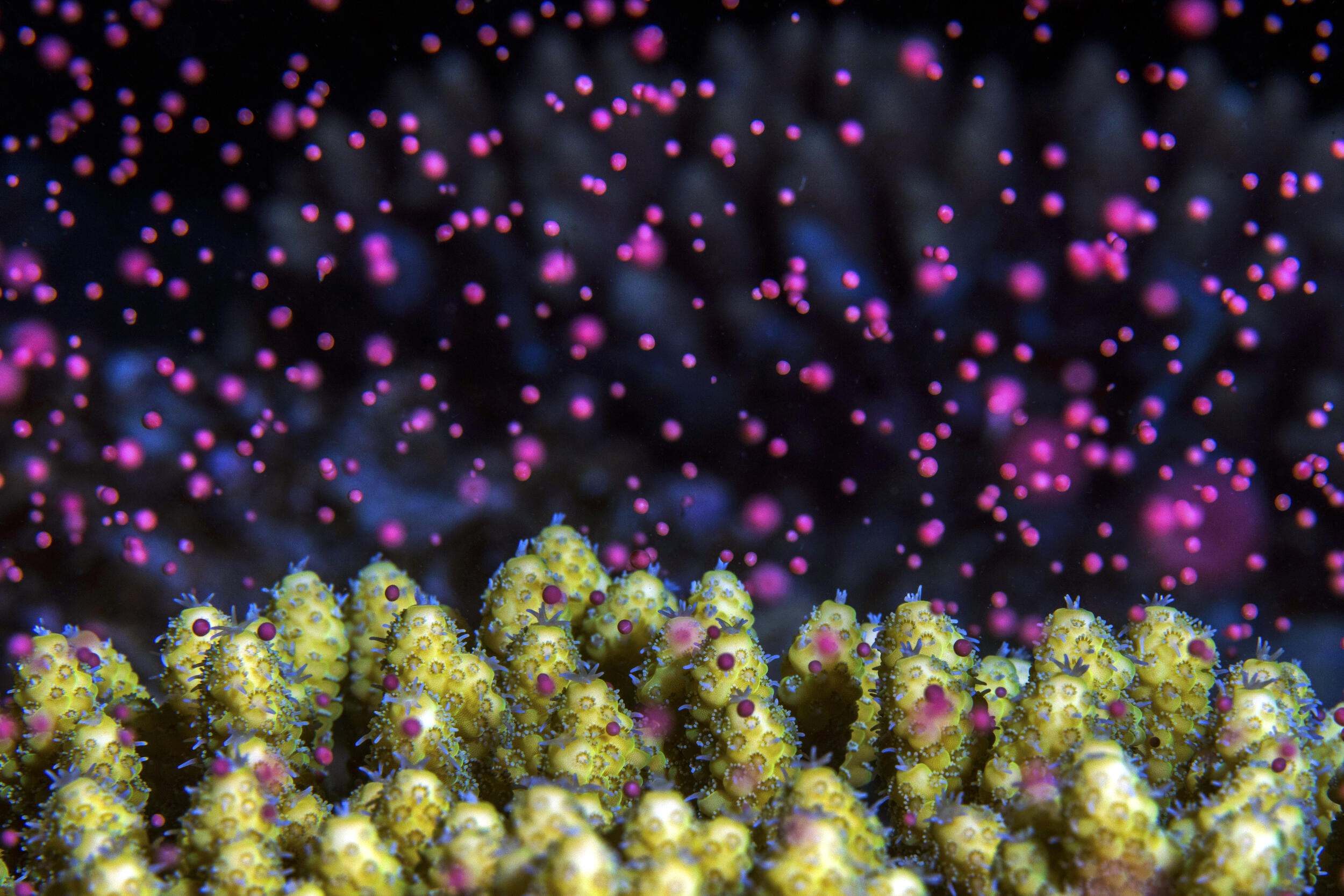In this study, seagrasses were used to track changes in water quality over time. The last few decades have brought significant decline in seagrasses in Bermuda. Typically, nutrient enrichment is a driver of seagrass decline but this relationship needs to be explored in more depth. This study examined the C:N:P ratio in seagrasses at varying distances from the shoreline, anticipating decreased water quality nearer to anthropogenic activity and, specifically, sewage effluent sources. Findings suggest variability in benthic and water column processes to store nutrients, especially with groundwater discharge into the seafloor. There was not a clear correlation between the nutrients in tested waters and tested seagrasses. It was not clear from this study that seagrass decline is connected to poorer water quality from land-based pollution, but the findings led to new understanding of and questions about nutrient cycling in this area. Practitioners can use seagrasses to measure water quality over time and better their understanding of how pollution travels from discharge to seagrass meadows to identify more impacted areas in need of urgent intervention.
Authors: Fourqueen, J.W., S.A. Manuel, K.A. Coates, W.J. Kenworthy, and J.N. Boyer
Year: 2015
View Full Article
Biogeosciences 12: 6235-6249. doi:10.5194/bg-12-6235-2015


